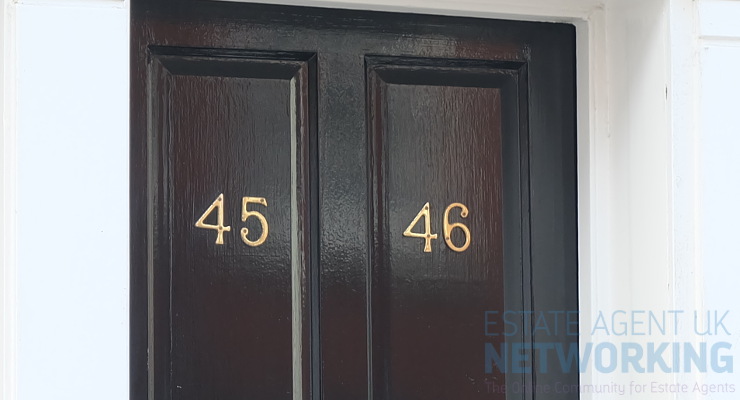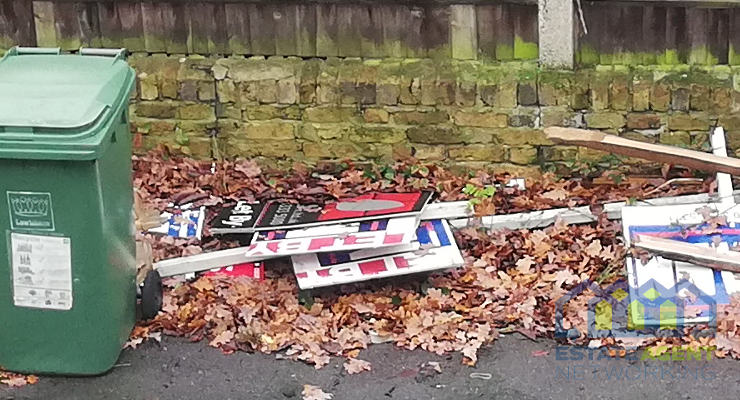The five areas of a Victorian home to eye before you buy
Striking curb-appeal and generous proportions are just two of the reasons why buyers all over the UK seek out Victorian properties for their next investment. Their popularity is also due to their timeless, elegant features (like bay windows and original floorboards) and the fact that they retain their value exceptionally well.
The difficulty is that, due to their age, Victorian buildings can also harbour a lot of structural defects, often hidden beneath the surface. While the odd flaw or quirk might only seem to add to their charm and character, realising that your “dream home” is riddled with damp, rot and faulty electrics comes as an unpleasant surprise for most.
“The UK housing market operates under caveat emptor, or ‘buyer beware’, meaning that property sellers are not obliged to disclose any information about defects or ongoing problems with the building or land.
Instead, it is up to the buyer to uncover these issues before signing their contract, or else take full responsibility for attending to urgent faults upon taking ownership.” Building Survey specialists Alan Rance.
Don’t put your sanity or finances at risk by investing in a property without consulting a specialist beforehand. Commissioning a Building Survey is essential when buying any period home, so that a qualified surveyor can inspect the building for safety issues and structural anomalies that will need to be addressed.
If you’re looking to move your family into a classic Victorian building, here are the five most common issues that you, and your surveyor, need to look out for.
- Original timbers
Original Victorian woodwork is a huge draw for most buyers, from classic windows and doors to glossy floorboards and sweeping staircases. Beautiful as they may be, pay these features particular attention when you view a Victorian property.
Squeaky or bouncy floors suggest that the supporting timbers are rotting, while a swathe of tiny holes indicates a problem (past or present) with wood-boring beetles. Both of these issues can take significant effort and money to address, so mention to these issues to your surveyor if you are at all concerned.
- Sash windows
The understated design of sash windows means that not only are they still attractive to modern tastes, but that many of the original casements are still functional today, despite being over 100 years old. If you’re falling in love with a property thanks to its classic sash window frames, do take the time to check their condition by trying (gently) to open them.
If you meet resistance, don’t worry. It’s common to find that previous owners have painted the windows shut, or that the timber frames have become misaligned. It’s also possible that the mechanism needs repairing. A specialist repair team will be able to restore original windows to their former glory, or you may decide to replace worn-out frames with (tasteful) uPVC equivalents that come with the added benefit of double-glazing.
- High ceilings
Is there anyone who could turn down the high ceilings of a Victorian townhouse? The only drawback is that their loftiness makes it tricky to carry out routine cleaning, maintenance and repair work, meaning they can sometimes look a little unloved.
When viewing a Victorian property, remember to look up. Will you need to arrange a professional to come out with an extra-long ladder to touch up the paintwork and clear the cobwebs? Can you spot any lines or cracks? These could be superficial “spiderweb” cracks or might be an indication of larger problems with subsidence or rotting floor timbers above.
- Loft space
The majority of Victorian properties happen to have generously proportioned attic spaces, which understandably catch the eye of buyers looking for storage space or the potential for an extra bedroom in the future. The outside of the roof space is important too. Welsh slate was a common building material during the Victorian era, but these tiles can be particularly expensive to replace like-for-like when the time comes.
If it’s a potential conversion that you’re aiming for, look out for properties that already have running water or electricity going up into the loft – it will make your renovation far cheaper in the long run. See this advice article for more information. On the other hand, you may find that the roof space is quite poorly insulated, which you’ll want to fix in order to keep your energy costs down.
- Overall condition
Unfortunately, when defects do appear in these homes, they tend to be quite extensive. Before committing to a purchase, it’s worth having the property checked for electrical safety, the presence of any original lead piping, any problems with a perished damp-proof course and whether the heating systems need to be upgraded.
The plus side is, if you can find a Victorian property that has been loved and well maintained, you’ll have a real gem that can comfortably house your family for many years.
Photo credit:
https://pixabay.com/en/manor-house-england-property-3431460/
https://pixabay.com/en/window-victorian-window-pane-home-398086/









